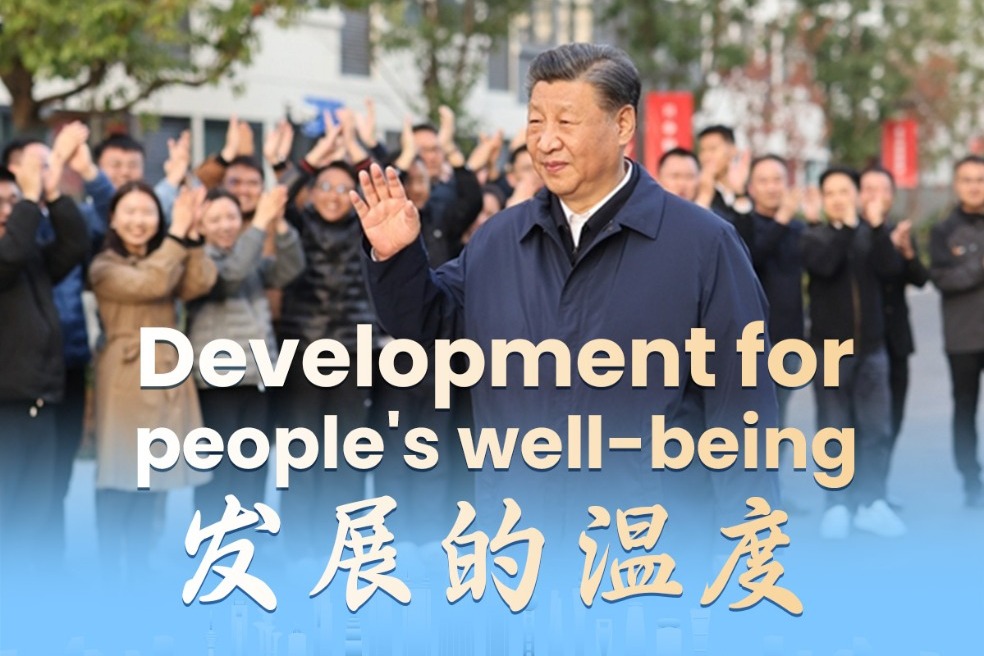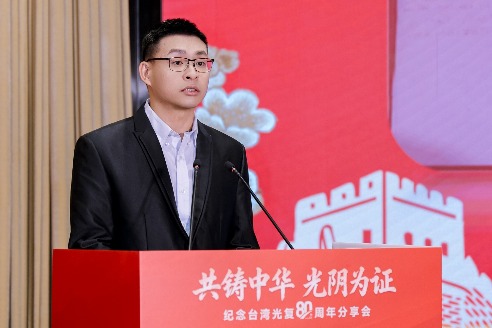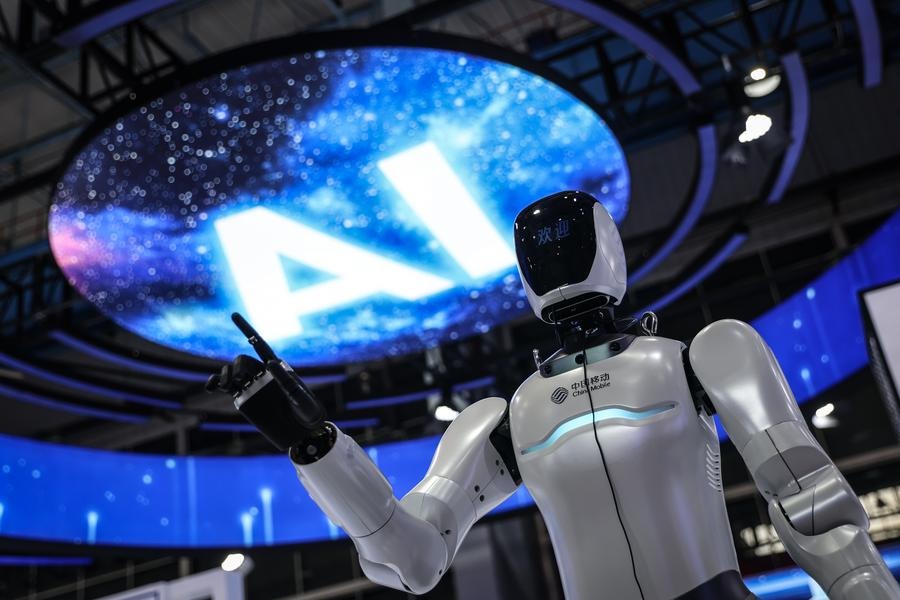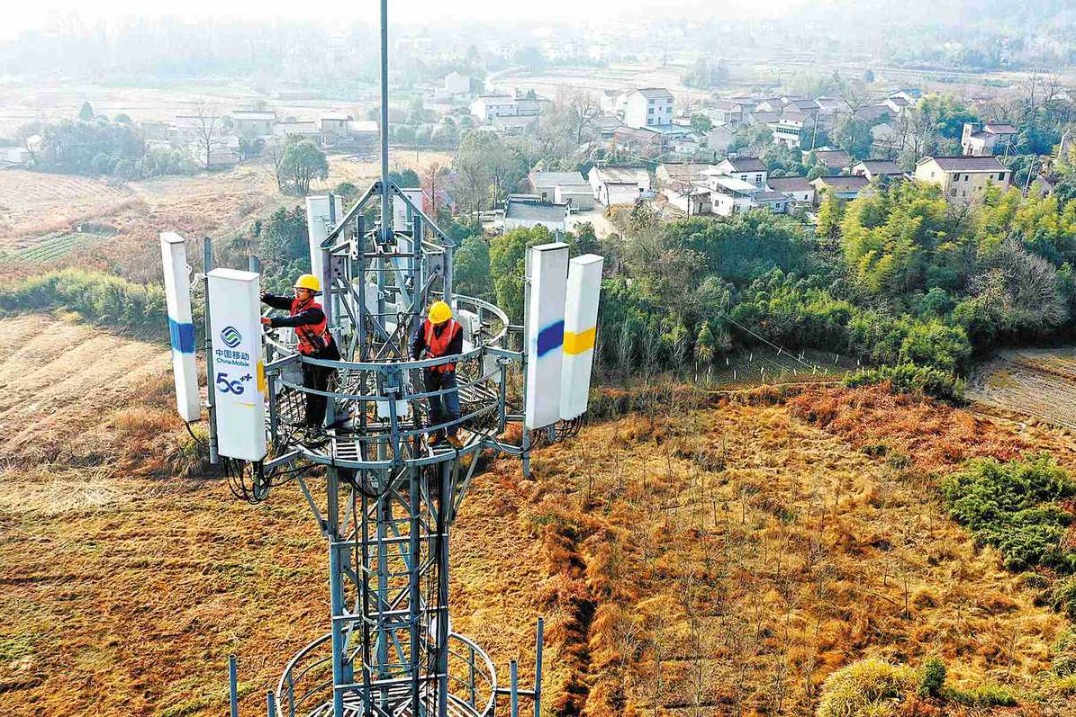AI integration improving productivity across sectors


Editor's note: How can China further advance the "intelligent transformation of industries" in the 15th Five-Year Plan (2026-30) period? Why is there a big difference in artificial intelligence penetration across various sectors? Sun Xin, deputy chief engineer of the AI research center at the China Academy of Information and Communications Technology (CAICT), spoke to the 21st Century Business Herald on these issues. Below are excerpts from the interview. The views don't necessarily represent those of China Daily.
AI is being advanced as a powerful new driver of productivity, with equal emphasis on technological innovation and application-driven development through integrated planning. Over the past year, several important trends have emerged in the AI field.
First, the iteration of foundation models has accelerated and new innovation pathways are taking shape. According to data from CAICT, the pace of global large model iteration continues to increase. Since last year, the overall comprehension capability of multimodal models has improved by 90 percent and the iteration cycle of certain models has shortened from several months to just a few weeks.
Second, deep collaboration between software and hardware and efficient integration have become the new paradigm for the development of large AI models. Cutting-edge AI innovation depends on the computing foundation, and requires close coordination across models, chips, frameworks, servers and networks. As model training and inference workloads continue to grow rapidly, the demand for intelligent computing is rising sharply. Improvements in AI chips alone won't be enough to sustain this rapid growth because it is also constrained by energy consumption. In the future, software-hardware co-optimization will be the key to support rapid model iteration.
Third, intelligent agents have emerged as the main form of large model application, giving rise to an emerging AI agent economy. A growing number of industries are developing intelligent agents as their primary application strategy and the intelligent agent industry chain has become a vital pillar of the AI agent economy.
Fourth, open source has fostered "collective evolution" and the inclusive development of AI. The growth of open-source models has stimulated the creation of public clouds and all-in-one machines. Derivative models based on open-source frameworks are flourishing, greatly lowering the threshold for large model adoption and creating new opportunities for AI development.
The integration of AI in industries follows the same pattern as the adoption of digital technologies. It tends to begin in sectors with higher levels of digital maturity and gradually expands to others. But there are variations in the depth of AI penetration across industries. Industries differ in the level of digitalization, resource availability and understanding of AI, which inevitably affects their adoption speed.
AI is being deployed at scale in digital-native sectors, which have high data availability, the necessary infrastructure and large user bases. These industries are the first to realize large-scale AI applications across search, social media, e-commerce, content creation and programming. Such applications not only enhance service efficiency but also offer users new interactive experiences.
Key applications have achieved notable results in industries with a higher degree of digitalization, such as finance, healthcare and transportation. These early applications are built on the existing digital foundations within each industry, accelerating the transformation from digitalization to intelligence. For instance, the integration of AI in autonomous driving is making new breakthroughs alongside advances in large models. As AI becomes more widely accessible and digital transformation deepens across sectors, AI will penetrate further in manufacturing, energy and other real economy fields, combining with core production processes to improve productivity.
Efforts should focus on high-value scenarios with solid foundations and strong demand, overcoming barriers in resources, technology, governance and institutional mechanisms. Successful demonstration cases can be scaled up to accelerate the overall process of intelligent transformation.
































